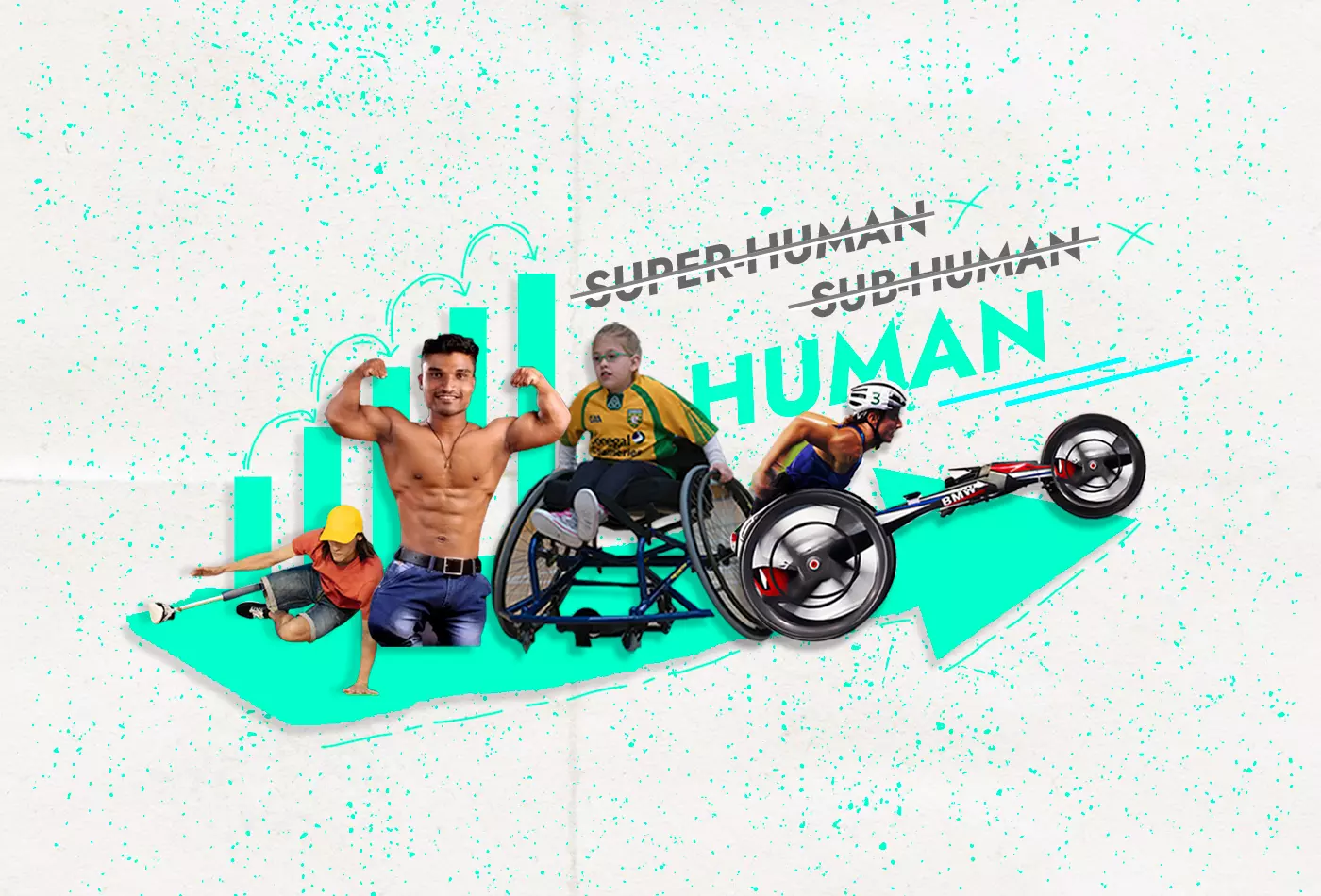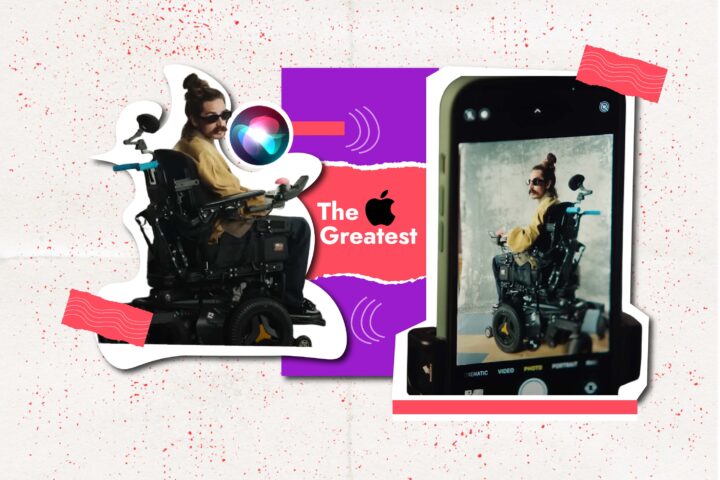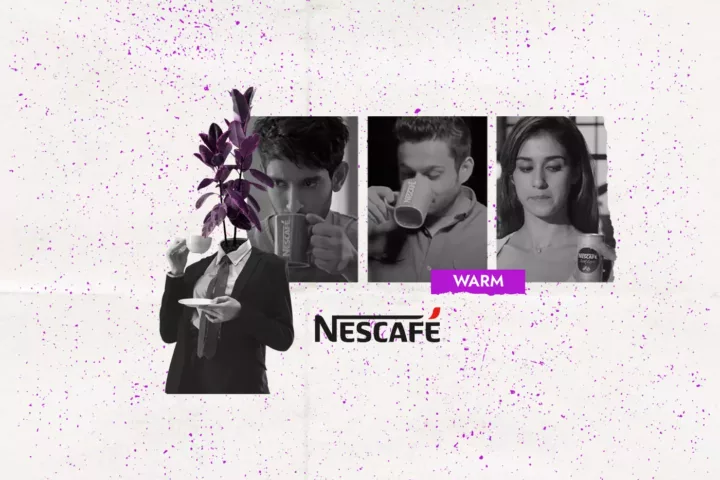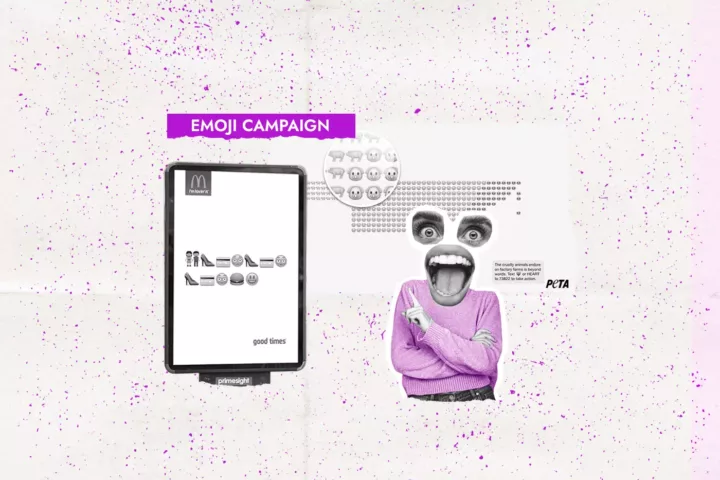Disabled or ‘differently-abled people’ as they are called; are often looked down on with either contempt or sorrow. The representation of differently-abled people in advertisements is more or less the same.
Disability is only represented when the subject of the advertisement is as such. Sometimes, disability-related advertisements cast actors that don’t have any such disability in real-life. Just like Vogue Brazil in 2016 who photoshopped abled people to look like the ones without them. Of course, this wasn’t received well. Apart from the misrepresentation, it was argued that the post set unrealistic body standards for disabled people. Not only did they have to break the image of being desolated all the time, but now would also have to battle body image issues as well.

Image Source:The Mighty
Nevertheless, when disabled people are given a space in the advertising world; it is usually to shed light on some sad, charitable, pitiable issue. If not, a disabled person is a silent representation of “sad person-involuntarily celibate-can’t do or access normal things in life-needs help”.
Perhaps, to move away from this specific narrative, commercials nowadays centred around disabilities are instead used as an inspiration.
Using disabled people as a media of source of inspiration is only ever slightly helpful than using them as a punchline. This change though affirms that ridicule is never the way to treat another person, but subtly still suggests that the difference between us and them is present and they parallelly must live different lives alongside us.
Thums Up
An ad that comes close to breaking the point-in-question provided above; is an ad by Thums Up. This ad was made in support of Indian Paralympians for the Tokyo Paralympics 2020.
The narration of the ad has been made by combining the ridicule that any athlete with a visible impairment has faced; with their relentless dedication. The monologue makes a huge difference because it is written from the perspective of sportsmen and women and not from a view of admiration. Without it, it would have looked like any other ad with disabled people as props trying to churn out some shallow inspiration from them for the viewers.
Or this ad by Apple, titled Accessibility-Sady. The ad is a storytelling of the lives of people who have different disabilities who can use Apple’s products for their help.
Apple
While these examples weren’t harmful, interweaving differently-abled people in ads that didn’t particularly focus on disability would be a good thing to start. Perhaps like this ad by Joyalukkas, a jewellery brand.
Joyalukkas
A woman is surrounded by her family members and is getting married. As she is getting ready, she remembers her idol Kajol who she greatly admires from watching her movie DDLJ. She loves and resonates with her character. On her wedding day, she wishes that she could tell Kajol that she found her soulmate just like she did in the movie. Surprisingly, Kajol makes an entrance and wishes and gifts her for her wedding day.
The bride-to-be in this ad is actually in a wheelchair, but her disability is never overblown for sentimental value. Furthermore, her representation as a bride indirectly shows that differently-abled people can have regular lives. They need not wallow in self-pity to achieve aim nor are “superhuman”. “Superhuman” is a subtle pointer to the disability and a part of the universal identity all of them hold.
A similar example is an ad by Somany Ceramics. While their ad didn’t directly relate to their product; it still makes a good example.
Somany Ceramics
Two friends returning home from a cricket match almost collide with a blind man; whom they recognise to be their friend. They question him about the trip he is undertaking and the friend replies that he is signing up to be an organ donor. The other friend presents a narrow-minded view of his presented intentions to which the blind friend raises an opposing view. The first friend offers to drop him at the spot but gets rejected. The advertisement presents an unorthodox perspective: people with disabilities can be organ donors with eye-opening statistics about the number of organ donors in India.
Degree
Degree’s ad is the progressive of them all. Maria, a blind skater is skating around alone in an arena practising some music. She needs her cane while walking and fumbles a bit in the bathroom, in the skating area she does pretty well.
What is remarkable about this ad and makes it stand out from all other ads especially aiming for disability is that they have kept their disabled demographic in mind. So, the visuals of the video are narrated for the blind and subtitles have been added for the deaf. This way, all people watching or hearing this ad can experience the ad as it was made to be.




